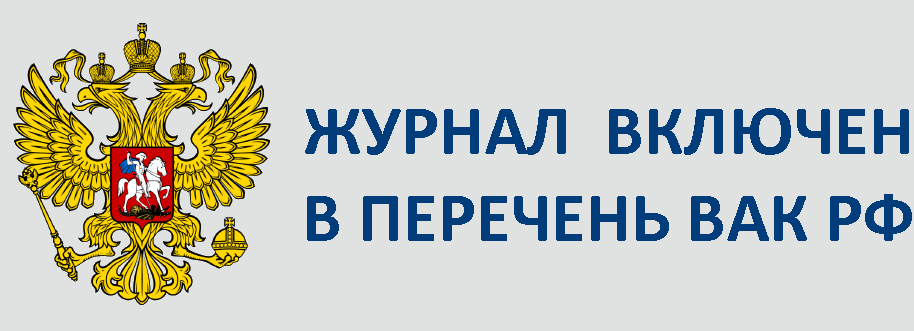№2-2023-01
DOI: https://doi.org/10.22281/2413-9920-2023-09-02-127-133
УДК 621.86
Гончаров К.А.
Моделирование распределения усилий в тяговых контурах гусеничных движителей в условиях переменности сопротивления движению грунтов
Гусеничный движитель конструктивно состоит из двух и более тяговых контуров, воспринимающих равномерно или неравномерно распределенный вес самой машины и нагрузку от реализуемых технологических операций. В настоящей статье описываются результаты математического моделирования распределения усилий в тяговых контурах гусеничных движителей в условиях переменности сопротивления движению грунтов, возникающей при работе машины на стыках грунтовых пластов, а также в грунтах со смешанным составом. В зависимости от геометрических параметров гусеничного шасси (базы и колеи) и скорости его движения каждая из гусениц внутри единой системы может взаимодействовать с различными по уровню сопротивления грунтами, что приводит к явлению забегания гусениц, резкому повышению нагрузки на двигатели в результате поворота гусениц и подрезания слоев грунтового пласта, особенно при применении раздельного привода. Полученные результаты могут быть применены в процессе проектирования систем управления гусеничными движителями различных транспортно-технологических машин и комплексов с возможностями управления как механическими характеристиками двигателей приводов, так и натяжением гусеничных лент внутри гусеничных контуров.
Ключевые слова: гусеничный движитель, тяговый расчет, сопротивление движению.
Goncharov K.A.
Simulation of distribution of forces in traction circuit tracked chassis under conditions of variability ground resistance
Tracked chassis structurally consists of two or more traction circuits that perceive the evenly or unevenly distributed weight of the machine itself and the load from the ongoing technological operations. This article describes the results of mathematical modeling of the distribution of forces in the traction circuits of tracked chassis under conditions of variability in resistance to soil movement that occurs when the machine is operating at the junctions of soil layers, as well as in soils with a mixed composition. Depending on the geometric parameters of the tracked chassis (base and track) and the speed of its movement, each of the tracks within a single system can interact with soils of different levels of resistance, which leads to the phenomenon of running tracks, a sharp increase in the load on the engines as a result of turning the tracks and undercutting the layers of the soil layer, especially when using a separate drive. The results obtained can be applied in the process of designing control systems for tracked chassis of various transport and technological machines and complexes with the ability to control both the mechanical characteristics of drive motors and the tension of tracked belts inside the tracked circuits.
Key words: tracked chassis, traction calculation, movement resistance.
Скачать статью (файл pdf) — Download (pdf)

Это произведение доступно по лицензии Creative Commons «Attribution-ShareAlike» («Атрибуция — На тех же условиях») 4.0 Всемирная.





























